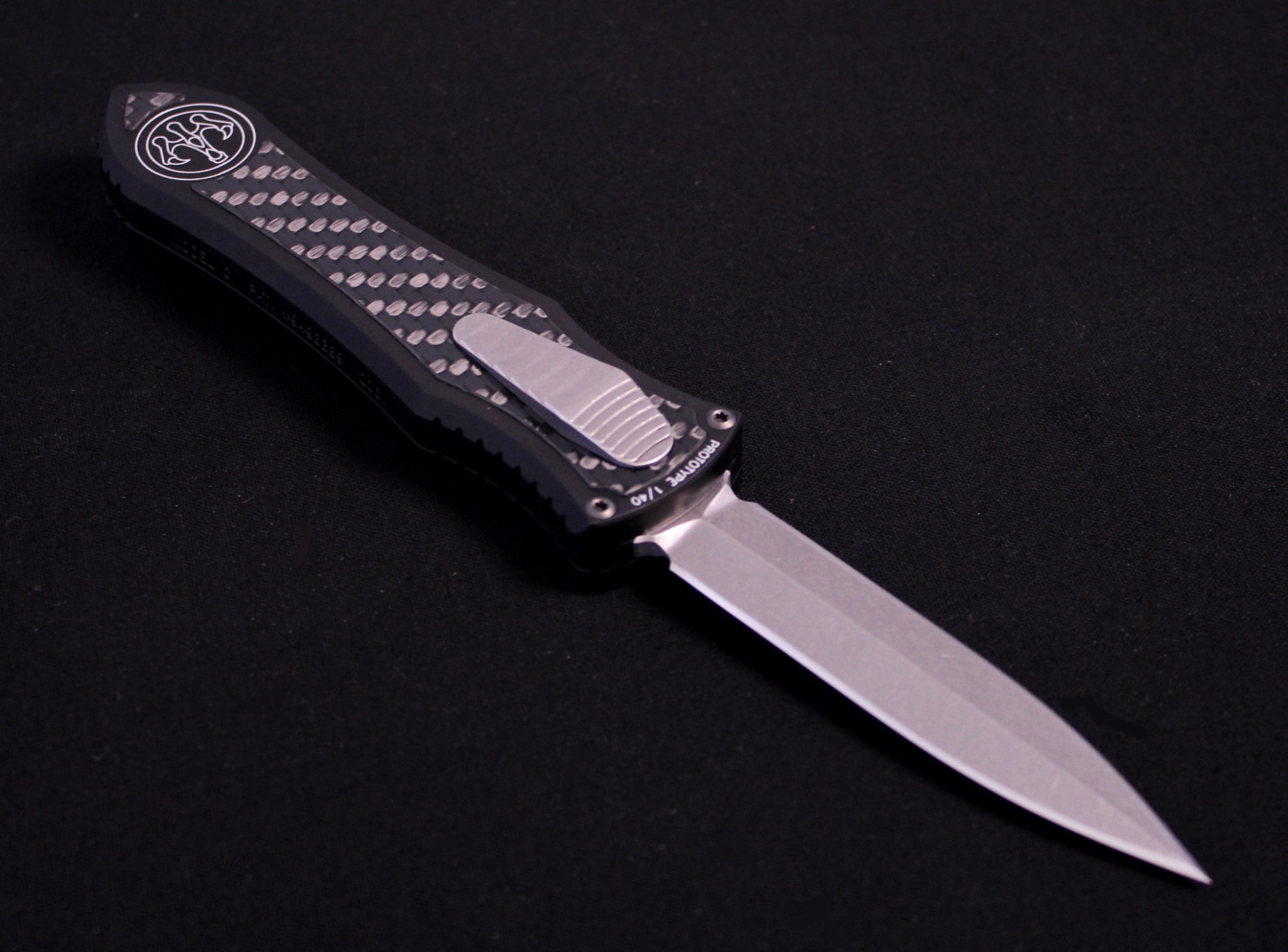
Not to mention that Microtech goes out of their way to attempt to lock the customer out of the product they paid for with stupid proprietary screws that you can buy a tool set for an extra $60 and to top it all off the tools are all out of stock. The side opening autos are different i get that but they are definitely competitors. Meanwhile the micro incursion by hogue, runt 5 and sprint by Pro-Tech all come in at or below the $200 mark.

The Exocet is once again a high $200 low to mid $300 tiny ass knife.
#Hawk deadlock full size
The mini troodon is anywhere from $315 to $421 while the full size troodon has a larger handle and blade for around the same price. The utx-70 CA is the same price as a normal utx-70. Microtech tends to charge the same, if not more for less blade. I can essentially only get a micro incursion, utx-70 CA, mini troodon, or exocet. Being in California my options are limited. After that, availability will be announced through the Hawks’ newsletter, which you can sign up for here.Microtech may be the most offensive maker when it comes to price. The first Deadlock Model C prototypes will be offered for sale at Blade Show this weekend. We made a very conscious decision to go forward as a high-end manufacturer, and we’ve been very happy with our decision.” And as far as production collaborations or the like go, Hawk says there won’t be any. The Deadlock Model C will be Hawk Knives’s main focus going forward. Once the basic workflow is established, the Hawks will work on variations with different inlays and blade steel – things that never happened with the Model B, due to the time intensive construction process. “It’s still early to know how that will actually work in reality, but I suspect we will be able to put out a lot of these,” Hawk tells us. These changes should let the Hawks do something with the Deadlock that they’ve wanted since the beginning: produce it on a larger scale.

I literally look at Model C and think, Wow I designed that!” “I’m sure I’m a little biased but I really like the way the aesthetics of the Model C turned out. So the major components can be screwed down and held solid.” Hawk also notes that the Model C is the best the Deadlock has ever looked. It also means that we have one main component that all other parts fasten to. “On the Model C we are using a two-part construction which makes for a more rigid handle, and easier to machine parts. “In the Model B we used a three-piece construction that included two overlays and a frame that were sandwiched together,” says Hawk. The new frame also reduces the overall part count. And that if we could just go to a smooth blade channel things would improve, and they definitely did.”

“I knew that a lot of our issues we were having in assembly were the result of a rough blade channel. “It’s amazing how much better the knife works from the standpoint of repeatable lockup,” Hawk tells us. This made the rails’ surfaces both durable, and very smooth. This was a constant issue in assembly.”Īn aluminum frame meant that the Hawks were able to implement a type III hard anodization. “This was a very time-consuming process that made the surface hard, but not very smooth. To counteract the galling, Model A and B Deadlocks had their interior blade channel rails carbidized to prevent wear over time. Which is why a lot of knife makers put steel inserts into their frame locks, or carbidize the lock face,” Hawk explains. Previous Deadlock models had frames made from titanium, but the Model C is made from aluminum instead. The new Deadlock Model C is made from aluminum, not titanium.


 0 kommentar(er)
0 kommentar(er)
